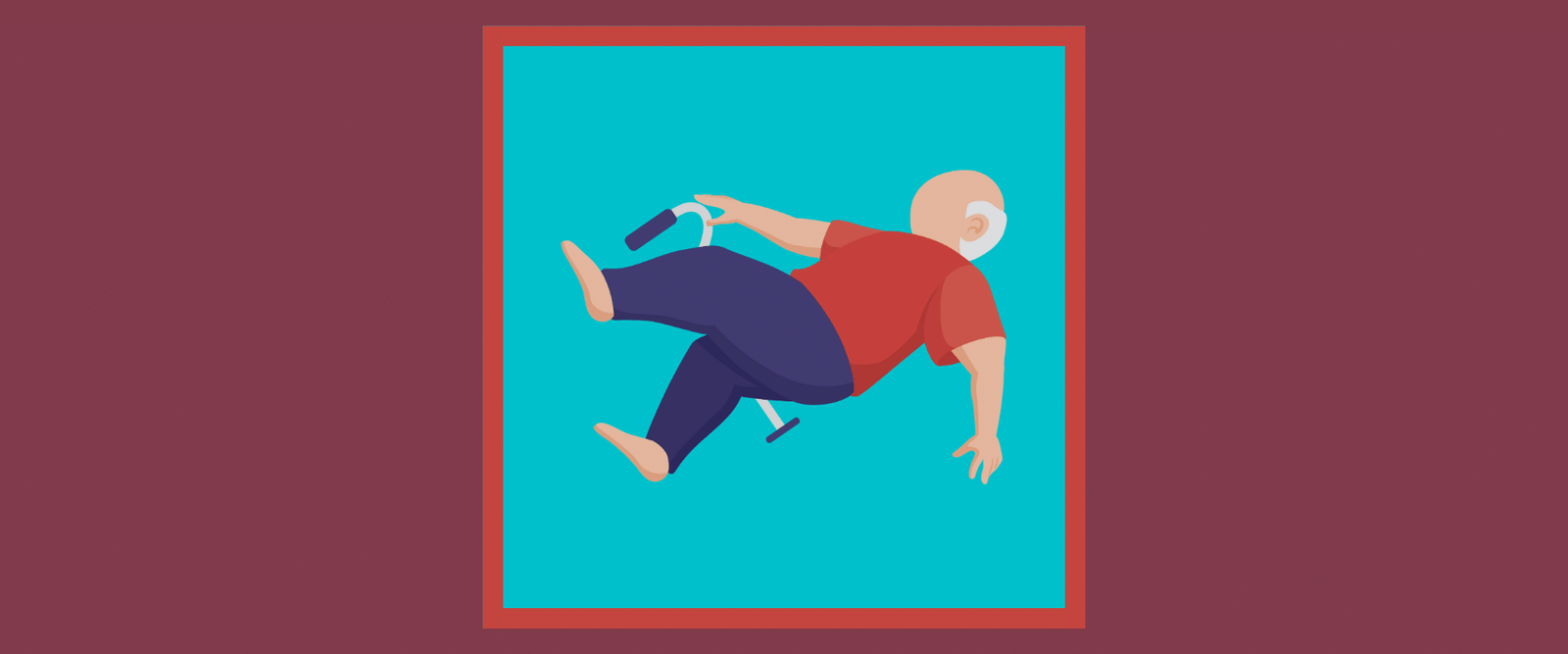Key Takeaways For Fall Prevention Strategies At Home
Home Assessment is Key: To reduce the risk of accidents, identify and address potential fall hazards at home, including loose carpets, dim lighting, clutter, and unsafe furniture.
Implement Practical Measures: Take proactive steps to prevent falls, such as using assistive devices like walkers and grab bars, maintaining a regular exercise routine for improved balance, and wearing appropriate, non-slip footwear.
Structural Adjustments Matter: Install handrails, non-slip surfaces, and proper lighting, and consider structural adjustments like ramps, grab bars, and furniture modifications to enhance home safety and prevent falls.
Top Fall Prevention Systems
Fractures, brain injuries, and the inability to move about are terrible outcomes that may result from falls, which are a primary cause of injury among the elderly. Here are some fall prevention strategies at home to help you or a loved one.
The fear of falling, decreased activity, and loss of independence can significantly impact a person’s quality of life following a fall. This blog will explore effective home-based fall prevention measures to help enhance safety and maintain independence.
Assess Your Home for Fall Hazards
Inspecting the house for trip and fall risks is the first line of defence against accidents at home. Some typical sources of fall danger are:
- Look out for loose carpets or floors, and consider installing non-slip mats or rugs to reduce falls on uneven surfaces. To further reduce the risk of falls, wipe up any leaks or spills as soon as possible.
- Dim illumination may make it harder to identify trip hazards, which is especially dangerous since it increases the likelihood of tripping and falling. Ensure your house’s lighting is sufficient, particularly in high-traffic areas like hallways, lobbies, and stairwells.
- Tripping risks and increased falls are associated with clutter, such as stacks of books and periodicals. To lessen the likelihood of falling, consider organising your house and maintaining a neat and orderly atmosphere.
- Inadequate or out-of-date stairwells: Stairs provide a significant risk of injury from falls. To reduce the risk of injury from a fall on the stairs, you should equip the area with handrails, non-slip tape or stair treads, and good lighting.
- Too loose or unsteady furniture may cause tripping hazards and an increased risk of falls. If the table is unsafe or otherwise hazardous, you should replace it.
Implement Fall Prevention Strategies
After a home’s fall risks have been recognised, you may take measures to lessen the likelihood of a fall occurring there. Methods shown to reduce the risk of falls include:
- Using walkers, canes, and grab bars can help you maintain balance and stability while moving about your house.
- Maintaining a regular exercise routine can reduce your chances of falling by improving your balance, strength, and flexibility. Consider doing tai chi or yoga to improve your balance and stability, or have a physical therapist create a programme just for you.
- Make sure you’re decked up in the right footwear: If you want to lessen the likelihood of falling, particularly on slick terrain, invest in a good pair of non-slip-soled shoes. You should not wear shoes with a high heel or a smooth sole, and you may want to consider utilising shoe inserts to aid with balance and stability.
- Installing handrails, non-slip tape or stair treads, and proper illumination may reduce the risk of falls in the house. Ramps at entrances, grab bars in the bathroom, and lowering the bed or furniture height may make it simpler to move around.
Summary Of Fall Prevention Strategies At Home
Serious repercussions may result from falls, which are a significant cause of injury and mortality among the elderly. Home may be reduced by taking note of probable trip points and implementing appropriate countermeasures. Assistive equipment, regular exercise, the right shoes, and structural adjustments are all examples of what may fall under this category. Preventing slips and falls is important to maintaining your freedom and safety at home.
Top Fall Prevention Systems
Explore More Fall Prevention Strategies for the Home
- Best Fall Prevention Aids for Seniors – Discover the best tools and aids designed to prevent falls and increase safety at home.
- Home Safety Tips for Seniors – Learn about simple home safety tips that can help reduce the risk of falls and injuries for older adults.
- How to Make Your Home Fall-Proof – Get practical advice on making your home safer and more accessible for seniors and those with mobility challenges.
- Fall Prevention Devices for the Elderly – Explore fall prevention devices and technologies designed to help seniors stay safe at home.












